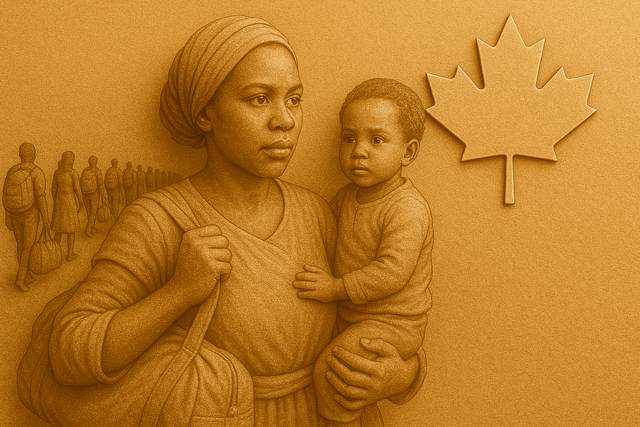West Indian Domestic Scheme National Historic Event (1955–1967)

Designated a National Historic Event in 2020
Source: Canada.ca
Overview
The West Indian Domestic Scheme was a Canadian immigration program that brought approximately 3,000 Caribbean women to Canada between 1955 and 1967 to work as domestic servants. Although restrictive, the scheme significantly increased Black immigration during a time when Canadian policies heavily limited non-white entry.
Historical Significance
-
First targeted program to bring Black Caribbean women to Canada
-
Implemented while discriminatory immigration policies were still in effect
-
Helped shape the early Caribbean Canadian communities in Toronto and Montréal
-
In 2020, it was recognized as a National Historic Event (no plaque installed yet)
Purpose and Origins
The scheme was launched by the Department of Citizenship and Immigration in 1955 to fill Canada's shortage of domestic labour. It also aligned with Canada's evolving diplomatic and economic relations with Caribbean nations.
Eligibility Requirements
To qualify, women had to:
-
Be single, aged 18–35
-
Have at least a Grade 8 education
-
Pass a medical exam administered by Canadian immigration officers
-
Undergo strict moral assessments, a unique and invasive element of the program
Life in Canada
Once in Canada, many women:
-
Worked longer hours and earned lower wages than expected
-
Could apply for landed immigrant status after one year
-
Were allowed to pursue education and other careers
-
Became eligible for Canadian citizenship after five years
-
Gained the right to sponsor family, despite government efforts to limit this by only accepting single women
Popular Destinations
Women could choose their destination city. Most opted for Toronto or Montréal:
-
Between 1955 and 1961, 580 out of 1,600 women settled in Montréal
-
Despite government efforts to disperse them to rural or western regions, most sought opportunity in urban centres
Community and Resistance
The women often faced:
-
Racism and discrimination upon arrival
-
Isolation and poor treatment from employers
-
Limited domestic work experience and had no intention of staying in that field
However, many used the scheme as a stepping stone. A notable example is:
Jean Augustine – Migrated from Grenada in 1960, worked her one year in domestic service, then enrolled at the University of Toronto, eventually becoming:
A school principal
A community activist
The first Black woman elected to the House of Commons (1993)
A Cabinet Minister (2002)
End of the Program
Although demand for domestic workers remained high, the government was hesitant to expand the program. In 1967, as Canada shifted toward a points-based immigration system, it was announced that the scheme would end in January 1968.
Legacy
-
The scheme left a lasting impact on Canada's immigration history
-
Played a major role in building Caribbean communities in Canada
-
Opened doors for Black women’s leadership and representation in Canadian society